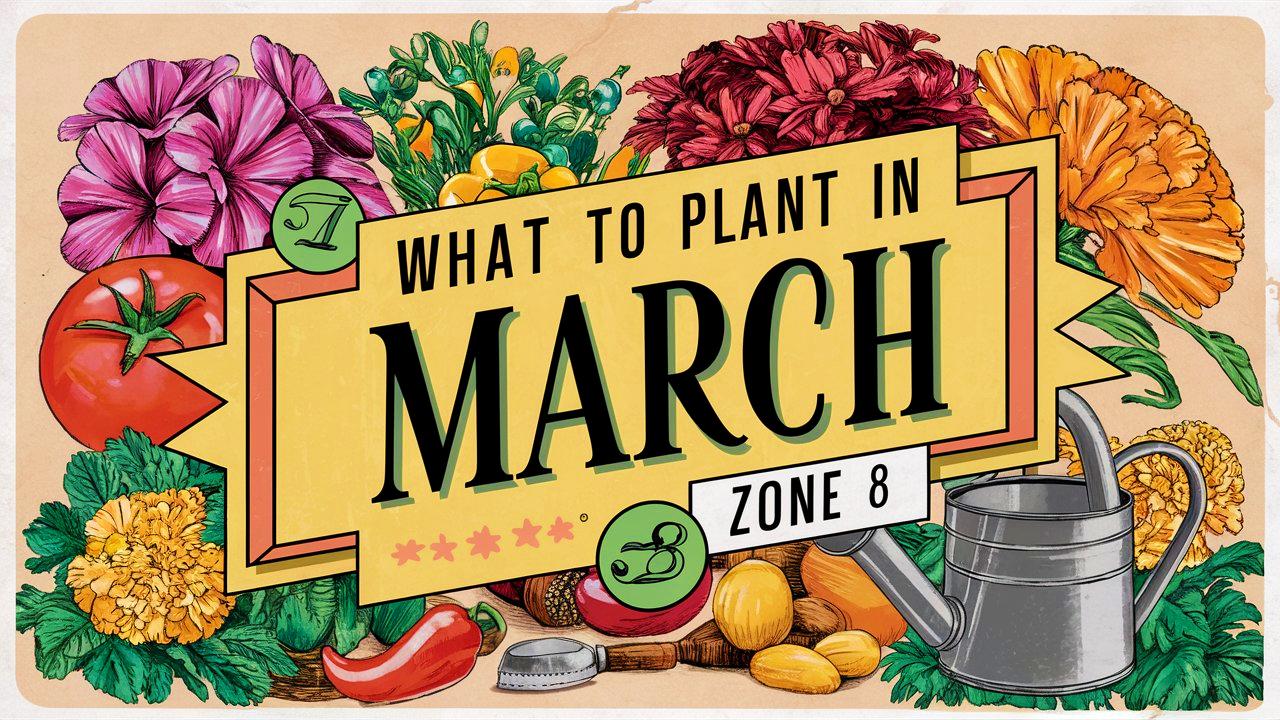March marks a critical transition in the gardening calendar, especially for those in USDA Hardiness Zone 8. With milder temperatures and the anticipation of warmer days, March is an ideal time to begin planting a variety of fruits and vegetables.
In this guide, we’ll explore the best crops to sow in March, ensuring that your garden thrives in the coming months.
Fruits to Plant in March
As the chill of winter fades away, March offers the perfect opportunity to plant a selection of delicious fruits that will flourish in Zone 8’s climate. For gardeners looking to maximize their harvest, understanding which fruits to plant this month is crucial. From sweet cherries to hearty blueberries, each fruit can offer unique flavors and textures that will enrich your home garden and kitchen. Here are some top fruit picks for planting in March.
Plums
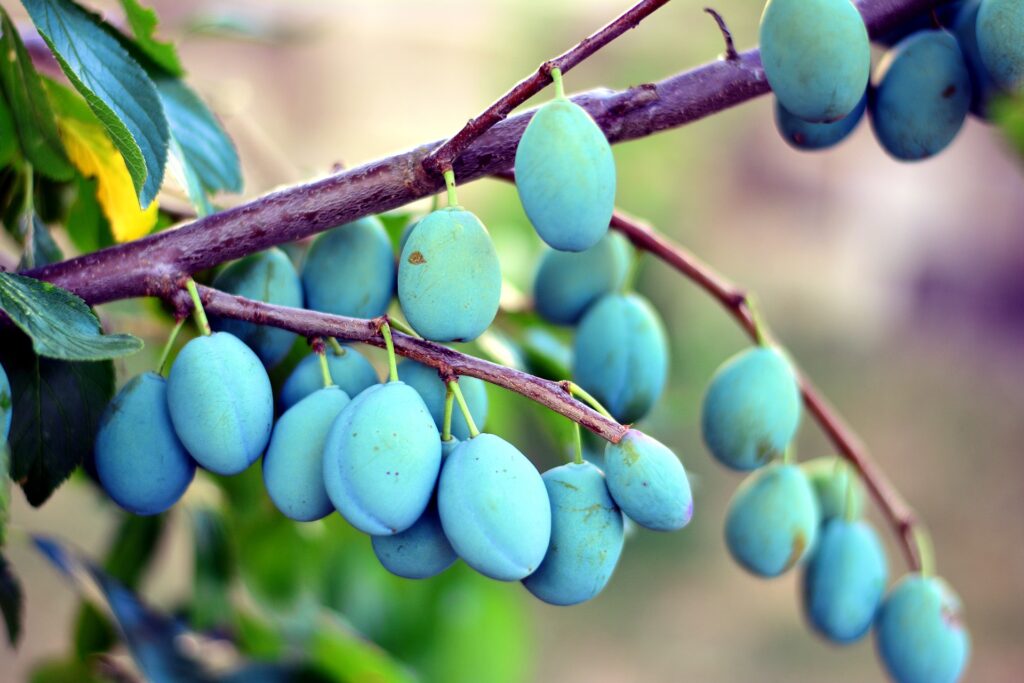
If you’re dreaming of sweet, juicy plums in your summer harvest, March is the perfect time to plant them. This month provides the ideal conditions for establishing new plum trees in your garden. As a beginner gardener, selecting the right variety to suit your space and soil will make all the difference. By planting in March, you’ll have a strong root system established by summer, ensuring a rewarding harvest by late summer.
Sowing Method: Container-grown
Transplant Outdoors: March-April
Harvest: Late summer – fall
Notes: Plums thrive in well-drained soil and plenty of sunlight, so choose the right location to maximize growth potential.
Cherries
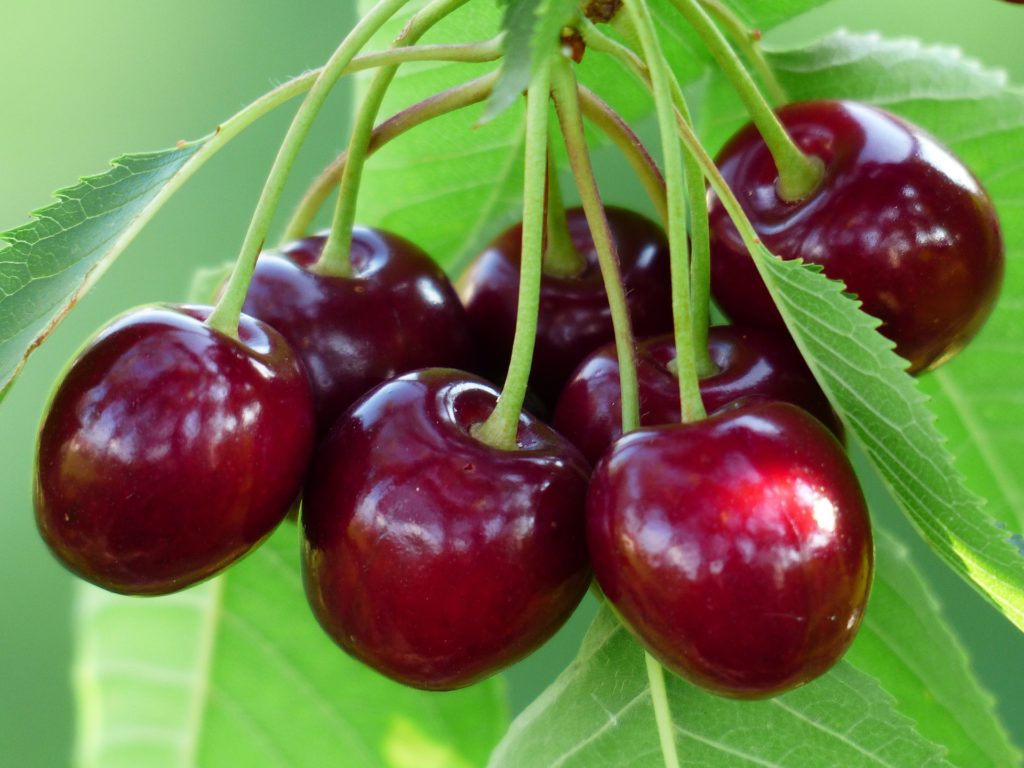
March is an ideal month for planting cherry trees, allowing them to settle into their new environment before the heat of summer. With a selection of varieties available, it’s essential to choose those suited for warmer winters typical of Zone 8. Plant your cherry trees this month to enjoy the stunning blossoms in spring and a bountiful harvest by early summer.
Sowing Method: Container-grown
Transplant Outdoors: March-April
Harvest: Late spring – early summer
Notes: Ensure your cherry trees are planted in full sun and well-draining soil to enhance their chances of success.
Blueberries
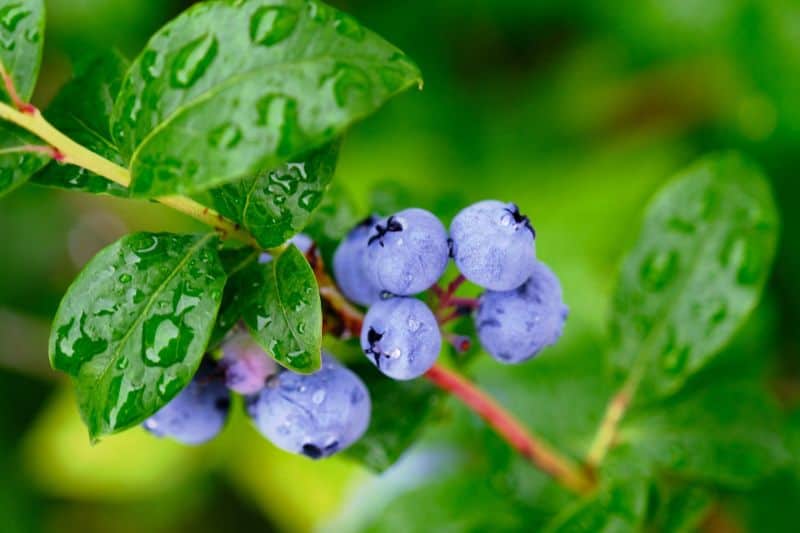
March is the ideal time to plant blueberries, as the timing aligns perfectly with the early spring thaw. Blueberries prefer acidic soil, and taking the time to amend your garden soil now can lead to healthier plants and more abundant fruit. Beginning this month will help you enjoy a delicious yield of blueberries in the summer.
Sowing Method: Bare-root or container-grown
Transplant Outdoors: March-April
Harvest: Mid-summer to fall
Notes: For optimal results, amend the soil with organic matter to lower pH levels for blueberry plants.
Raspberries (Everbearing)
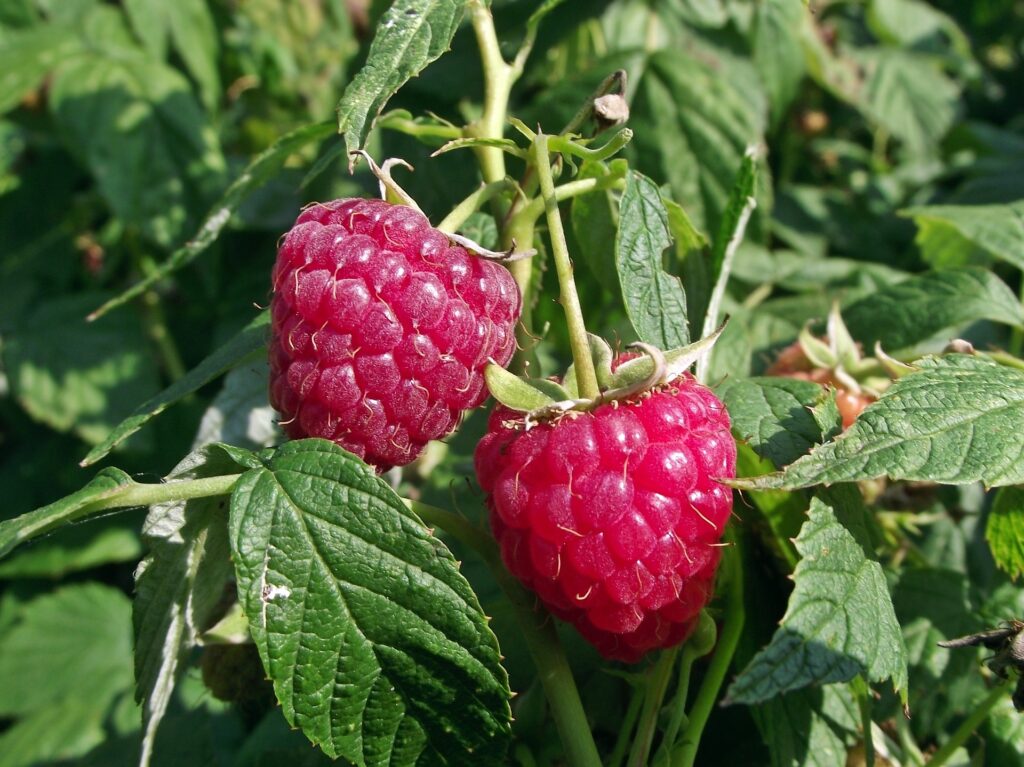
Everbearing raspberries thrive in cooler temperatures and are perfect for planting in March. This month allows these plants to establish roots before the heat of summer, granting the potential for an impressive yield. Planting now means you’ll enjoy fresh raspberries not just in summer but also into the fall, making them a smart choice for your garden.
Sowing Method: Bare-root or container-grown
Transplant Outdoors: March-April
Harvest: Spring, summer, and fall
Notes: Position your raspberry plants to receive full sun and good air circulation to promote healthy growth.
Blackberries (Thornless)
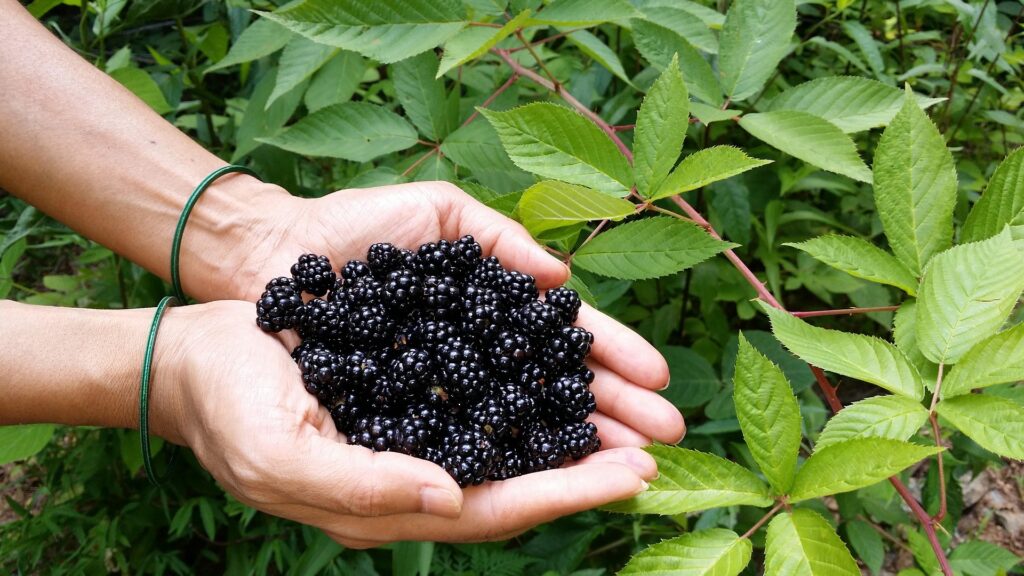
March provides an excellent window for planting thornless blackberries, particularly appealing for beginner gardeners. These fruits are easy to grow and ideal for small spaces, especially with their thornless varieties. By planting in March, you set the plants on the path to thriving, with a summer harvest to enjoy.
Sowing Method: Bare-root or container-grown
Transplant Outdoors: March-April
Harvest: Summer – fall
Notes: Thornless varieties provide ease of harvesting and are excellent for new gardeners looking to yield delicious fruits.
Strawberries (Early-season)
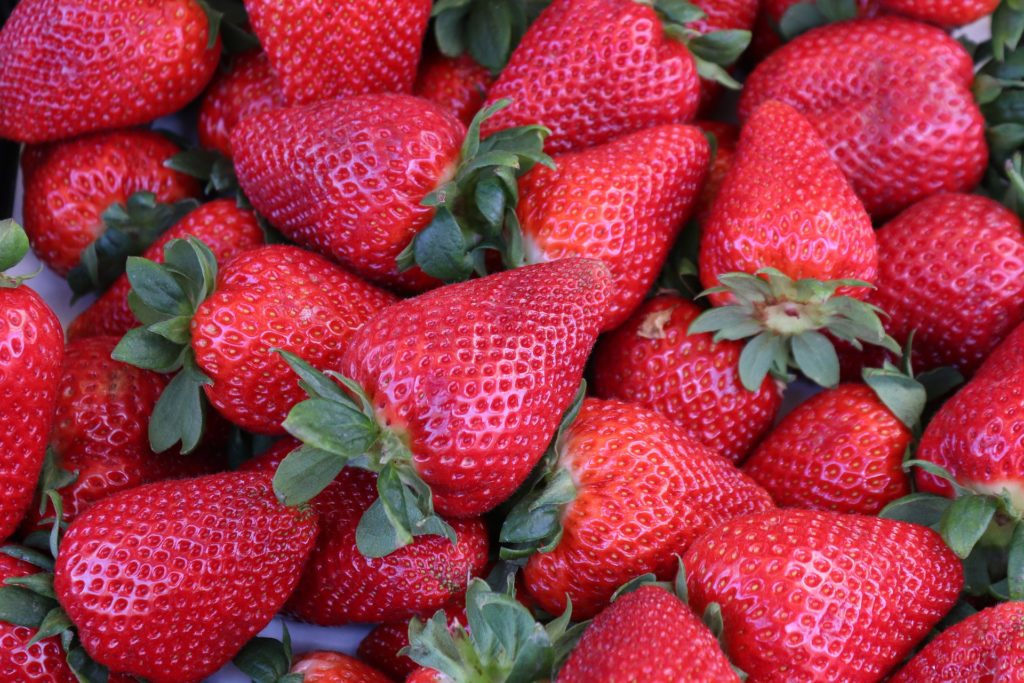
March is the optimal time to get strawberries in the ground to ensure early-season delight. These beloved berries can thrive and produce an abundance of fruit with a little attention. Planting strawberries now means that you’ll savor sweet, fresh strawberries in late spring to early summer—an exciting goal for any beginning gardener.
Sowing Method: Bare-root or container-grown
Transplant Outdoors: March-April
Harvest: Late spring – early summer
Notes: Mulch around strawberry plants to retain moisture and suppress weeds for optimum growth.
Vegetables to Plant in March
March also opens up the planting calendar for a variety of nutritious vegetables. This month is the perfect time to start your cool-weather crops, ensuring that they have enough time to mature before summer kicks in. Each of the vegetables listed below is well-suited for March planting, offering excellent yields for your garden. Here’s what you can plant this month:
Broccoli
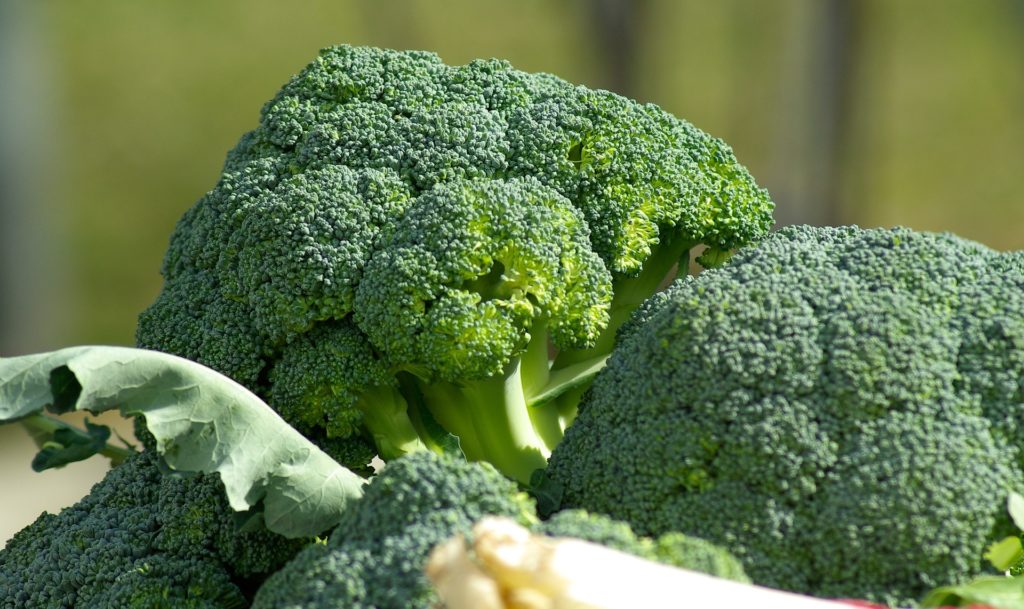
March is a superb time to start planting broccoli, as it thrives in cooler temperatures. Beginners can benefit from planting broccoli early in the month, allowing the plants to establish before the heat arrives. With a bit of care, you can enjoy a harvest of this nutritious green vegetable by early summer.
Sowing Method: Seed indoors (6-8 weeks before last frost)
Transplant Outdoors: March
Harvest: May – June
Notes: Be sure to harden off your seedlings before transplanting them outdoors to ensure they acclimate well.
Cauliflower
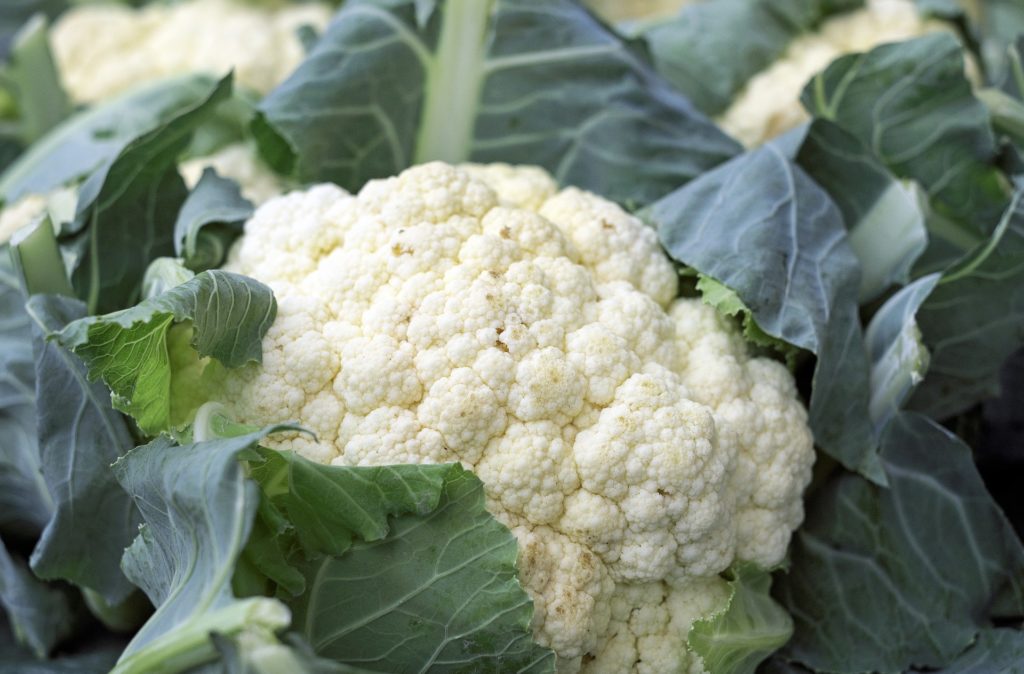
This month is also ideal for planting cauliflower, as it prefers cooler spring conditions. By starting your cauliflower plants in March, you can ensure they are well established before warmer temperatures. A little attention to watering and soil quality can yield delicious heads of cauliflower by late spring.
Sowing Method: Seed indoors (6-8 weeks before last frost)
Transplant Outdoors: March
Harvest: June – July
Notes: Cauliflower requires consistent moisture, so be vigilant in your watering to ensure the best quality heads.
Kale
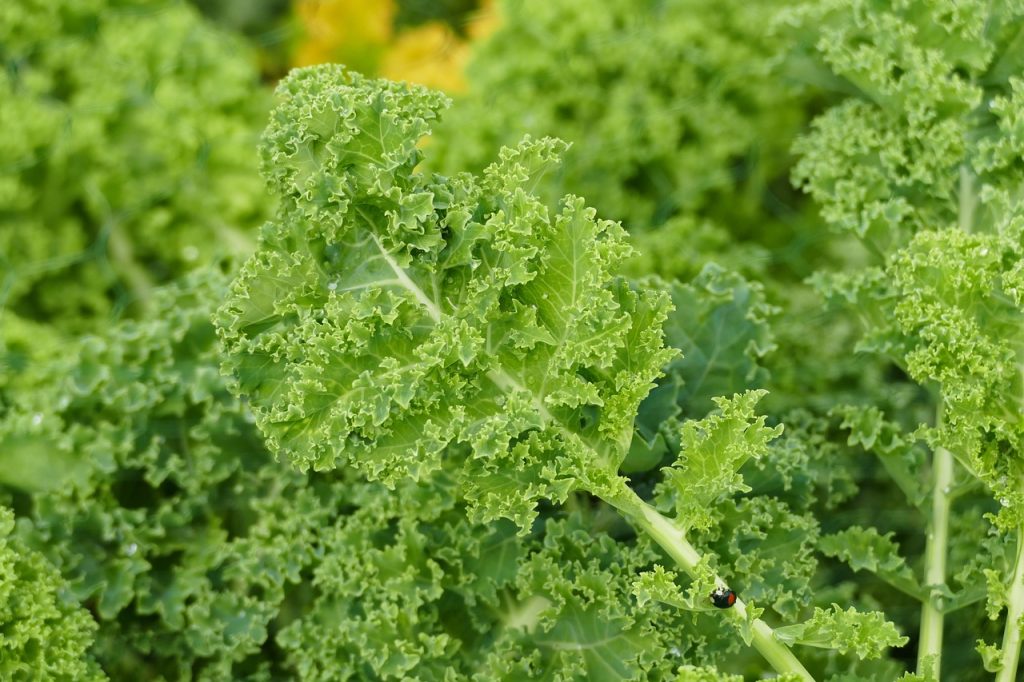
Kale is a resilient green that can thrive in the cooler temperatures of early spring. March is an excellent time to sow kale seeds, as they will germinate quickly and can be continuously harvested throughout the season. This nutrient-rich vegetable will not only enhance your garden but your meals as well.
Sowing Method: Seed indoors (4-6 weeks before last frost)
Transplant Outdoors: March
Harvest: April – May
Notes: Kale can tolerate some frost, making it a forgiving option for early spring planting.
Lettuce
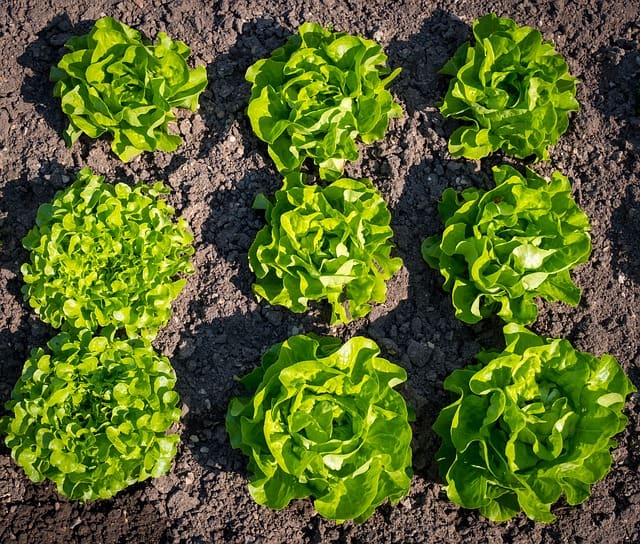
Introducing lettuce to your garden in March allows you to enjoy a fresh supply of greens early in the season. Fast-growing and easy to manage, lettuce can be directly sown as soon as the soil is workable. This month marks the beginning of salad season, with the ability to reap the rewards of your efforts in just a few weeks.
Sowing Method: Direct sow
Transplant Outdoors: March-April
Harvest: April – May
Notes: Regular cutting of leaves can promote more growth. Sow successive crops every couple of weeks for a continuous harvest of fresh lettuce.
Peas
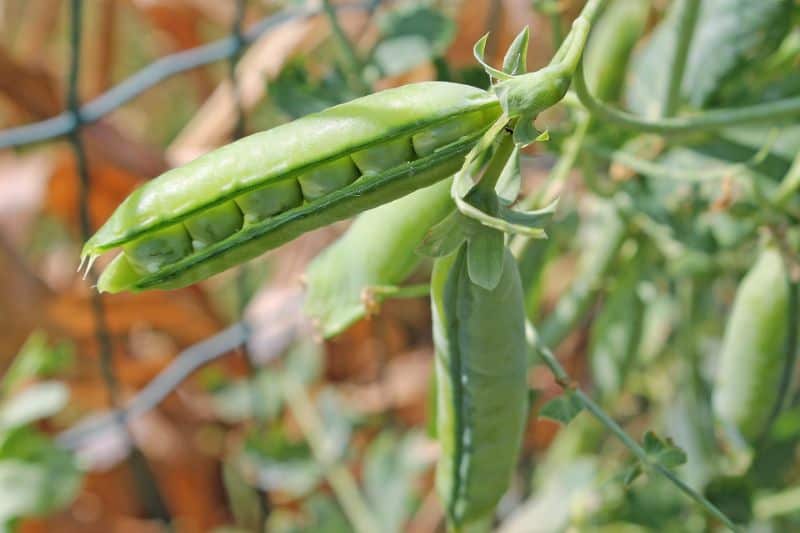
Planting peas in March is a great way to get a jumpstart on your spring harvest. Cool-weather champions, peas thrive in the early spring climate of Zone 8. Sowing these seeds now means you’ll be able to enjoy their sweet pods in salads and other dishes as the weather warms up.
Sowing Method: Direct sow
Transplant Outdoors: March
Harvest: April – May
Notes: Peas can be planted in successive batches to extend your harvest throughout the spring season.
Radishes
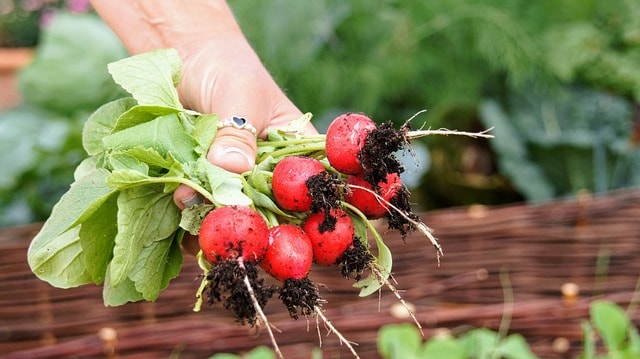
March is the optimum time to plant radishes, as these quick-growing root vegetables can be harvested in just a few weeks. They thrive in the cool soil of early spring, making them perfect for beginner gardeners looking for rapid results. The ease of growing radishes makes them an excellent choice for March planting.
Sowing Method: Direct sow
Transplant Outdoors: March
Harvest: April – May
Notes: Radishes need thinning to prevent overcrowding, ensuring that each root has enough space to grow.
Spinach
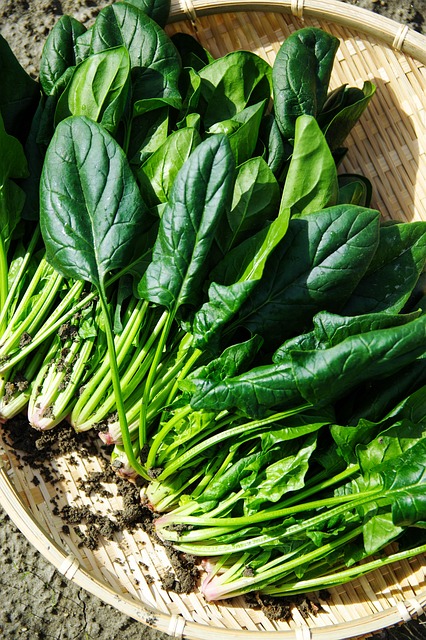
Spinach is another cool-weather favorite that flourishes when planted in March. The cooler temperatures are conducive to producing tender leaves that can be harvested throughout the spring months. For beginner gardeners, spinach offers an easy way to incorporate fresh greens into meals early in the season.
Sowing Method: Direct sow
Transplant Outdoors: March
Harvest: April – May
Notes: Spinach can be grown in partial shade, making it a versatile choice for many garden layouts.
Swiss Chard
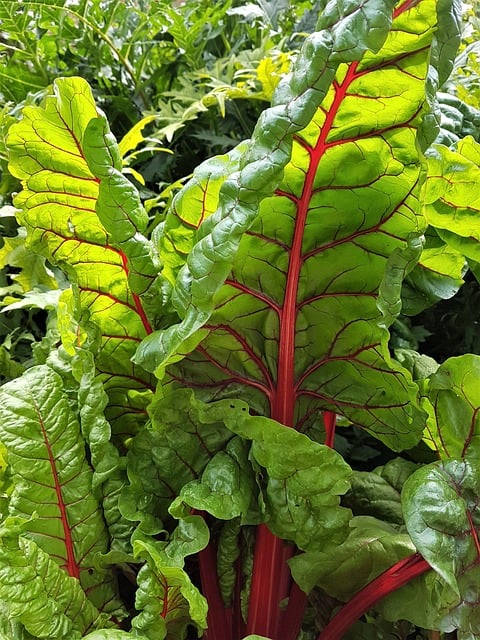
March brings the opportunity to plant Swiss chard, a colorful and nutritious leafy green that can brighten up your garden. As a versatile and resilient crop, chard can flourish in March while enabling gardeners to enjoy its vibrant leaves throughout the growing season. Planting in this month ensures an abundance of delicious greens in your kitchen.
Sowing Method: Seed indoors (4-6 weeks before last frost)
Transplant Outdoors: March
Harvest: May – June
Notes: Proper spacing is important for Swiss chard to grow large, healthy leaves, so remember to thin as necessary.
Turnips
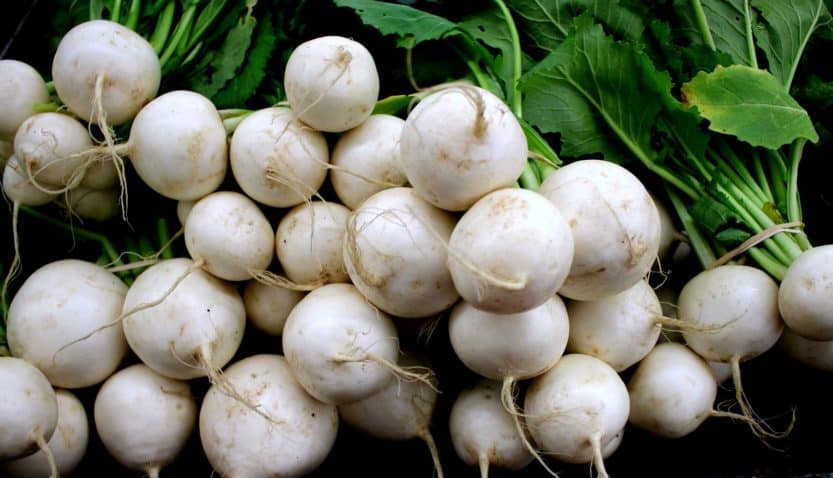
Turnips are a hardy root vegetable that can be directly sown into the garden in March. They thrive in cooler temperatures, making this month the perfect time to plant. As a bonus, both the roots and greens are edible, providing an excellent dual-purpose crop for beginner gardeners looking for versatility in their planting.
Sowing Method: Direct sow
Transplant Outdoors: March
Harvest: May – June
Notes: Thin seedlings to avoid overcrowding, promoting better growth and allowing for both roots and leaves to flourish.
Timing for Other Vegetables to Plant After March
While March is rich with options for planting, it also prepares you for the next wave of crops that can be planted later in the season. Getting a head start on planning for late spring plantings ensures you can diversify your garden and continue harvesting well into summer. Here’s what to consider for later plantings:
Beans (Bush)
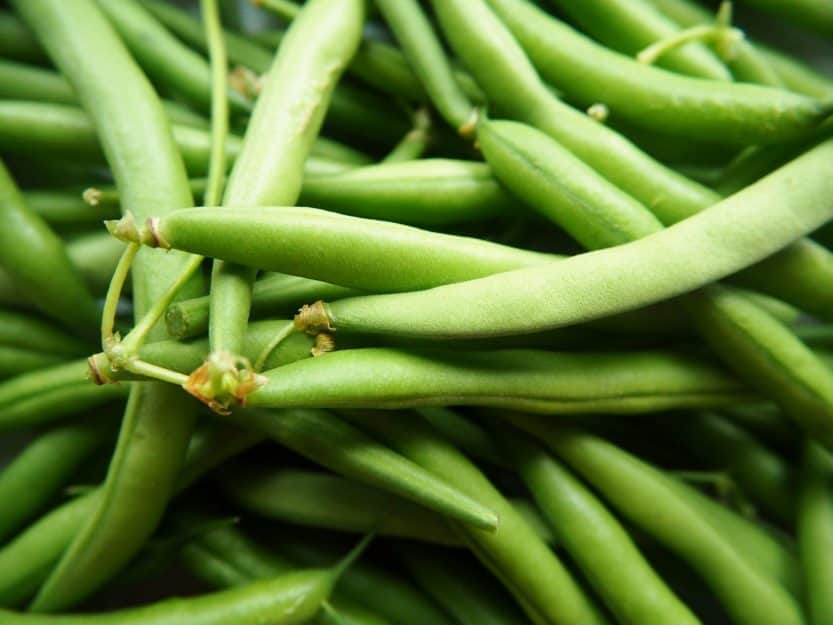
As March comes to a close, look ahead to mid-May for planting bush beans, which thrive in warm weather. These fast-growing crops can bring freshness to your summer meals. Taking the time to plan your planting schedule now will help ensure that you can enjoy these delicious beans as part of your harvest.
Sowing Method: Direct sow
Transplant Outdoors: Mid-May
Harvest: June – August
Notes: Beans thrive best when planted directly in warmed soil; understanding the timing is crucial for success.
Corn (Sweet)
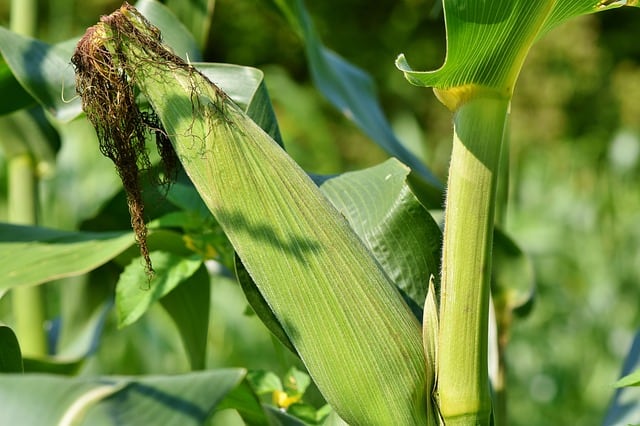
Sweet corn should be planted in mid-May, making it essential for gardeners to prepare their plots now. This popular summer vegetable thrives in the heat, and knowing when to plant is key to a delicious harvest. Planning ahead will ensure that you’ve got your corn in the ground at the right time for optimal growth.
Sowing Method: Direct sow
Transplant Outdoors: Mid-May
Harvest: July – September
Notes: For best results, plant corn in blocks to improve pollination and yield.
Cucumbers
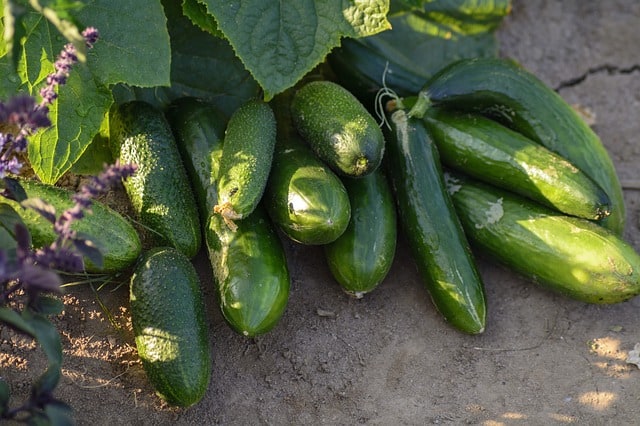
Cucumbers are warm-weather favorites that can be planted in mid-May. By preparing your garden in advance, you set the stage for successful cucumber growth. These fast-growing, climbing plants can provide bountiful yields with just a little planning for proper trellising and support.
Sowing Method: Direct sow
Transplant Outdoors: Mid-May
Harvest: July – August
Notes: Cucumber plants benefit from trellising, which saves space and helps maintain good airflow around the plants.
Eggplant
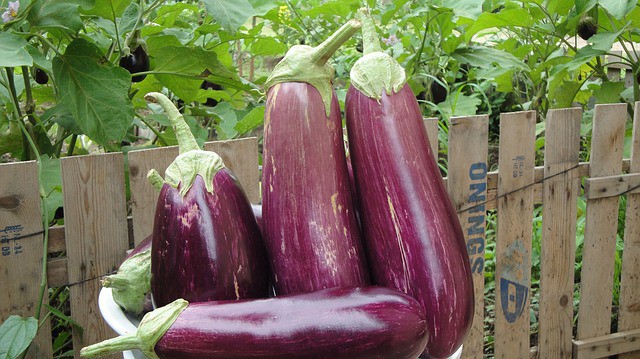
Eggplant thrives in warm conditions, making mid-May a key time for planting. As you plan your spring garden, starting seeds indoors in advance allows these plants to get a head start. Having your eggplants ready for outdoor transplanting ensures you can enjoy the unique flavors they bring throughout the growing season.
Sowing Method: Seed indoors (8-10 weeks before last frost)
Transplant Outdoors: Mid-May
Harvest: August – October
Notes: Proper hardening off of seedlings will help prevent transplant shock and promote robust growth.
Melons (Cantaloupe, Watermelon)
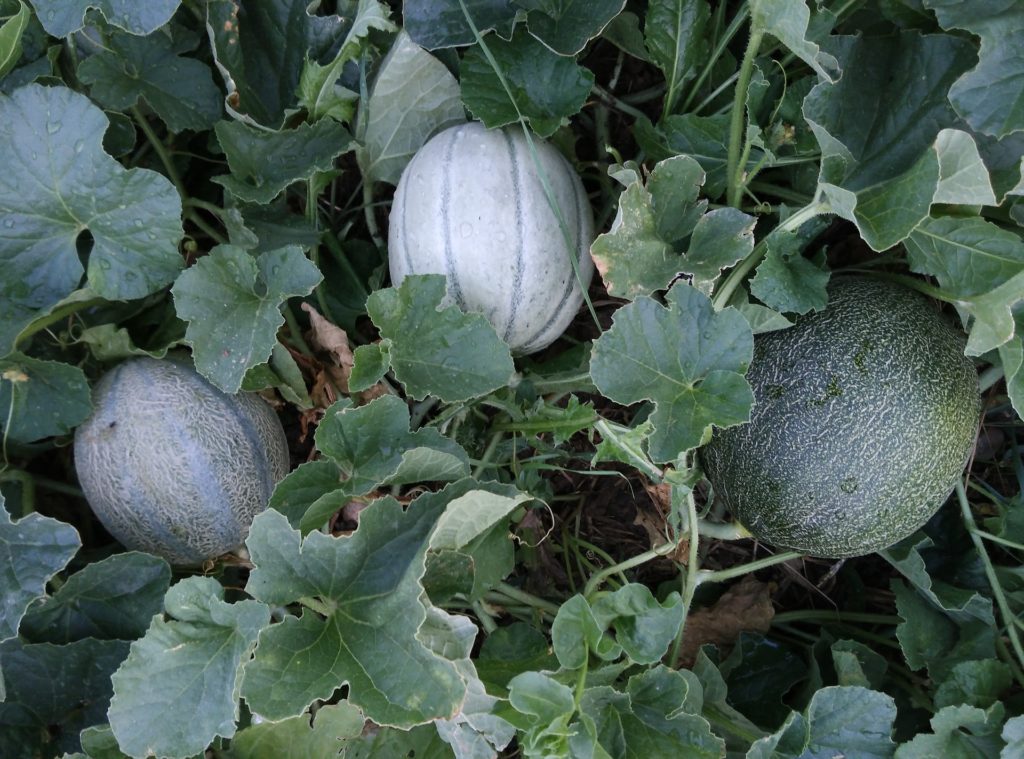
With the arrival of warmer conditions in mid-May, now is the time to plan for planting melons, including cantaloupe and watermelon. These delightful treats benefit from the summer sunshine, so timing your planting correctly will lead to a delicious harvest later in the season.
Sowing Method: Direct sow
Transplant Outdoors: Mid-May
Harvest: August – September
Notes: Melons require ample space to grow, so ensure your garden layout accommodates their sprawling nature.
Peppers
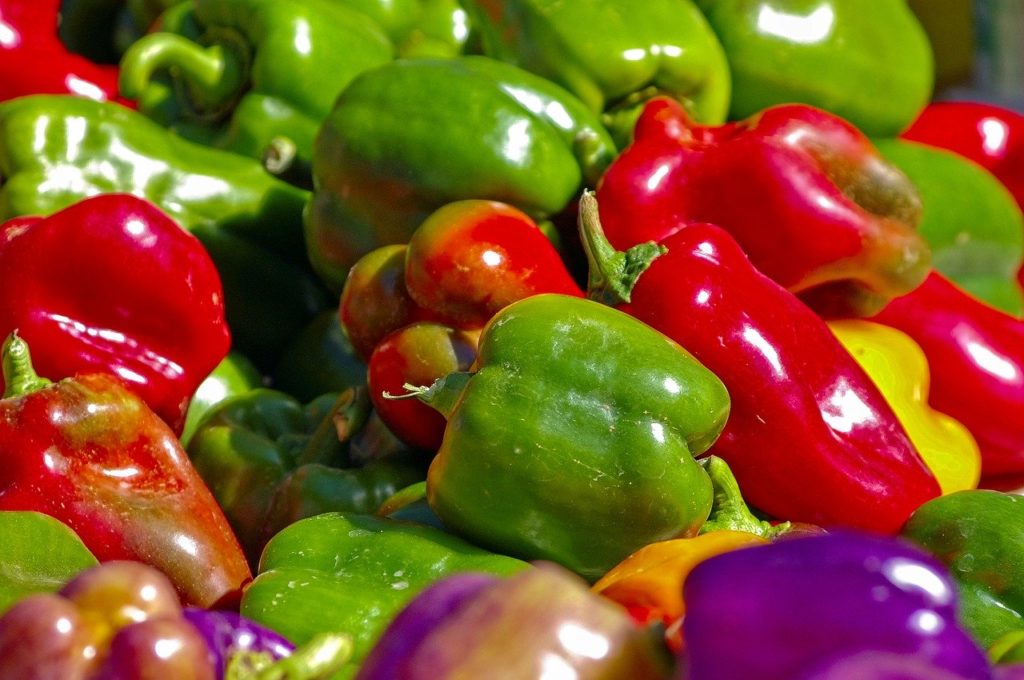
By mid-May, the soil warms up enough to plant peppers, making planning essential. Choosing the right varieties for your garden can open up a world of culinary possibilities. Proper timing for planting your peppers will lead to a fruitful summer harvest that enhances your garden’s bounty.
Sowing Method: Seed indoors (8-10 weeks before last frost)
Transplant Outdoors: Mid-May
Harvest: July – September
Notes: Peppers thrive in warm temperatures, so waiting for the risk of frost to pass is important for successful growth.
Squash (Summer and Winter)
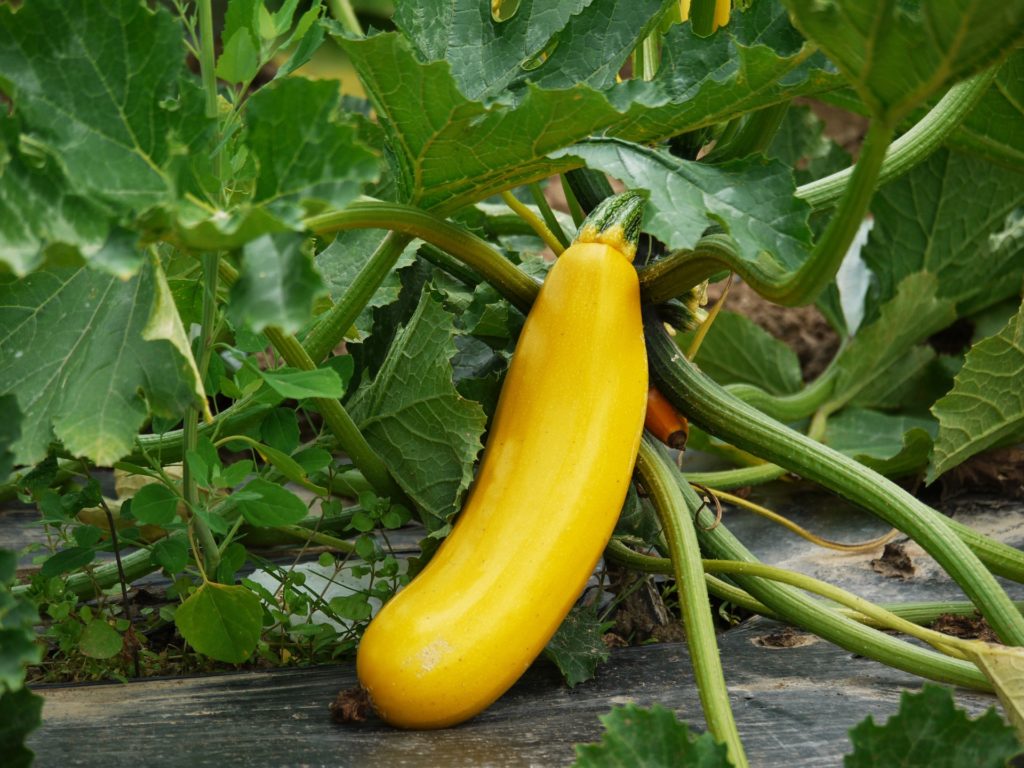
Planning your squash varieties for planting in mid-May allows for a broad array of flavors and textures in your garden. Summer squash will give quick rewards, while winter squash benefits from a longer growing season. Knowing when to start is essential for mastering this versatile vegetable family.
Sowing Method: Direct sow
Transplant Outdoors: Mid-May
Harvest: July – August for summer; September – October for winter
Notes: Choose bush or vining varieties based on your planting space to maximize garden efficiency.
Tomatoes
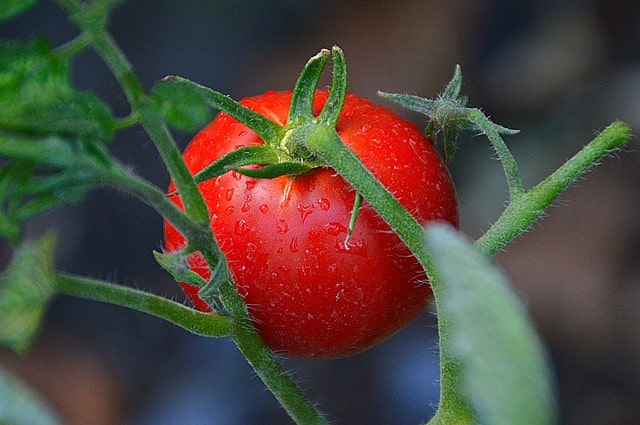
Tomatoes are a staple in many gardens, and planting them in mid-May sets the stage for a rich harvest. Preparing your community of plants now ensures you can enjoy the flavor of homegrown tomatoes from summer through fall. Consideration of variety and spacing now will yield contributions to your meals later.
Sowing Method: Seed indoors (6-8 weeks before last frost)
Transplant Outdoors: Mid-May
Harvest: July – October
Notes: Staking or caging your tomato plants early on helps support growth and keeps fruits off the ground.
Conclusion
March offers an exciting array of planting opportunities for both fruits and vegetables in Zone 8. By taking the time to understand the needs of each crop and starting your plants now, you can set yourself up for a successful growing season.


